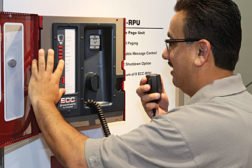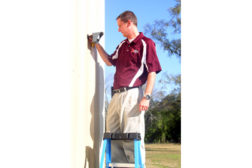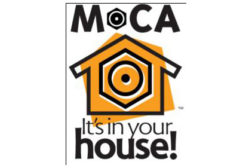Bill Zalud
Bill is the Editor Emeritus of Security Magazine, and he can be reached at (773) 929-6859.
ARTICLES
Save Lives with Mass Notification Solutions
A diversity of emergency communications and mass notification solutions can add a stronger voice to your business.
December 13, 2013
Crystal Balling 2012: Part Two
Tactics to Squeeze More from the Future Now
January 19, 2012
Be in the forefront of security intelligence when you receive SDM.
Join over 10,000+ professionals when you subscribe today.
SIGN UP TODAY!Copyright ©2025. All Rights Reserved BNP Media.
Design, CMS, Hosting & Web Development :: ePublishing









